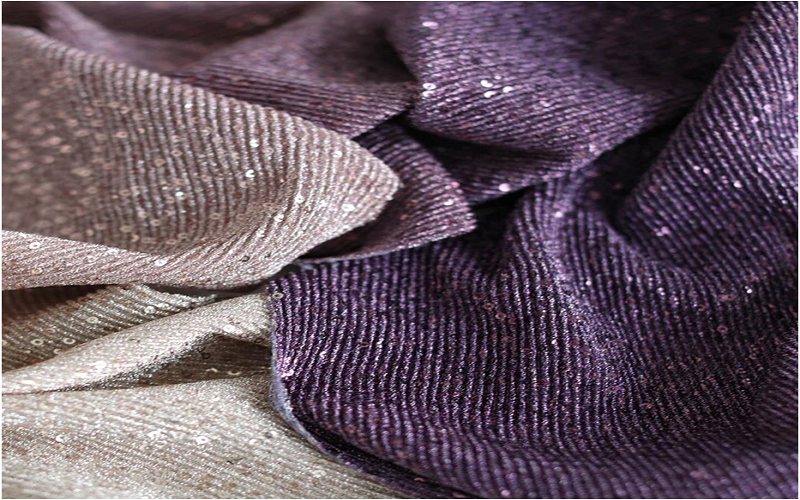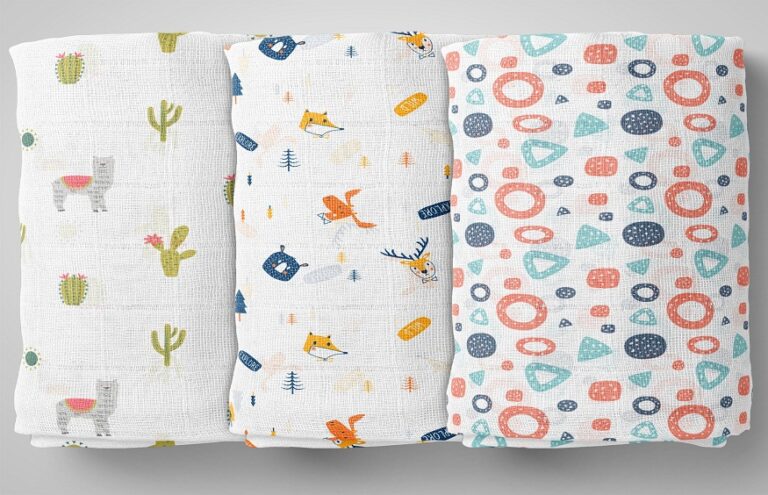Your design for gorgeous clothes, gowns, and ethnic clothing can be made or broken by the fabric you choose. Choosing the correct fabric is essential whether you’re a skilled seamstress, professional designer, or a passionate do-it-yourself. This post will discuss ten important considerations when purchasing designer fabrics, with a particular emphasis on net, organza, and satin textiles.
1. Understand the Fibre Content
The primary component that establishes a fabric’s performance as well as properties is its fibre composition. Polyester is the most common fibre used in satin, organza, in addition to net fabrics. Numerous benefits come with this synthetic fabric, such as remarkable strength, along with resistance to wrinkles, as well as ease of maintenance. But not all polyester fabric is made equally. The drape, breathability, and durability of a fabric can be greatly influenced by the fibre’s quality and manufacture.
To determine the precise blend and composition, it is imperative to read the fibre content label. If you want your fabric to be more durable and resistant to wrinkling, look for one with a larger percentage of polyester. Furthermore, take note of the polyester fibres’ denier, or thickness, as finer deniers frequently translate into a softer, more opulent feel. You can choose the fabric that best meets your design requirements as well as intended performance by being aware of the fibre content.
2. Consider the Weight and Thickness
The general appearance and practicality of your clothing are greatly influenced by the weight and thickness of the fabric. For example, satin textiles can be strong and sumptuous or delicate and light, making them suitable for a range of design requirements. While a thicker satin can give a structured cocktail dress a rich, opulent sense, a lighter satin may drape nicely for a flowing evening gown.
Known for its crispness and airy appearance, organza is usually a translucent, lightweight fabric that works well for giving overlays and skirts movement and volume. On the other hand, the thickness and openness of net textiles can vary greatly, which can impact the transparency and drape of your design. While a larger, more closed net might offer better structure and covering, a finer, more open net might give off a seductive, skin-revealing appearance.
3. Evaluate the Drape and Flow
Important components that can improve or ruin a garment’s overall look and feel are the drape and flow of the cloth. Satin fabrics are ideal for constructing stylish and exquisite evening gowns or dresses because of their smooth, glossy finish and flowing drape. The inherent ability of the fabric to hug and cascade over curves can enhance the body’s contours in a way that is both attractive and feminine. Contrarily, organza is renowned for having a crisp, airy feel that enables stunning volume and flow.
Organza, whether it be used for overlays, skirts, or embellishments, can give a whimsical, romantic touch to any design. Every movement is soft and dreamy because of its light weight. Depending on their structure and degree of openness, net textiles can be used for a multitude of applications. A more closed, robust net can give a design a whimsical, fun feel, while an open, delicate net can make a look seductive and seductive. It’s crucial to assess how these fabrics drape and flow to make sure they fit your concept and produce the right movement and silhouette.
4. Inspect the Colour and Pattern
Your design comes to life via the use of colour and pattern. A wide range of colours, from vivid and striking to delicate in addition to subdued, are available in satin, organza, and net textiles, satisfying a variety of visual tastes. To create a harmonious and well-coordinated style, be sure to carefully consider the colour saturation along with consistency when choosing your fabrics. Furthermore, if you’re thinking about using patterned materials, carefully examine how clear and sharp the designs or motifs are. A distinct pattern might improve your design, but a hazy or confused one can lessen its overall impression. You can make a visually arresting and well-coordinated outfit by carefully considering colour as well as design.
5. Consider the Occasion and Purpose
Your choice of cloth should be determined by the garment’s intended use and occasion. While organza as well as net textiles can provide a whimsical as well as romantic touch to special occasion gowns or ethnic wear like lehengas and saris, satin fabrics can add a formal and rich touch to evening wear involving bridal clothing.
6.Check for Fabric Care Instructions
Make sure you read and comprehend the fabric care instructions before making a purchase. Net, organza, and satin fabrics might need extra maintenance to keep them looking good and lasting a long time. Certain items could only be suitable for dry cleaning, whereas others might require special machine washing and drying instructions.
7. Examine the Fabric Quality
Examining the overall quality is crucial when purchasing designer fabrics. A smooth, well-built surface, uniform hue, and evenness in the weave are desirable qualities. Superior textiles will guarantee lifespan and durability in addition to improving the appearance of your clothing.
8. Consider the Fabric’s Suitability for Your Design
Not every design works with every cloth. Since satin can add unwelcome bulk or cling, it might not be the greatest option for fitted or structured clothing. However, for some styles, organza and net materials could not offer the right amount of opacity or support. Think about how the characteristics of the cloth will help or impede your design concept.
9. Buy from Reputable Sources
Purchasing designer fabrics from reliable vendors is essential. Reputable suppliers will not only supply premium materials but also helpful details about the fabrics, such as composition, care requirements, and application suitability.
10. Trust Your Instincts
Although all of the previously listed considerations must be taken into account, you should never undervalue the importance of your gut feeling. Trust your instincts if a cloth grabs your attention and appeals to your artistic vision. The real charm of fabric shopping is that sometimes the ideal fabric might spark an idea for a design you never would have thought of.
Conclusion
Purchasing designer fabric onlineis a science as well as an art. You’ll be better able to negotiate the world of satin, organza, and net fabrics if you keep these ten points in mind. This will guarantee that your dresses, outfits, and ethnic wear are not only exquisite but also well-made and durable. Cheers to your successful fabric search!















+ There are no comments
Add yours